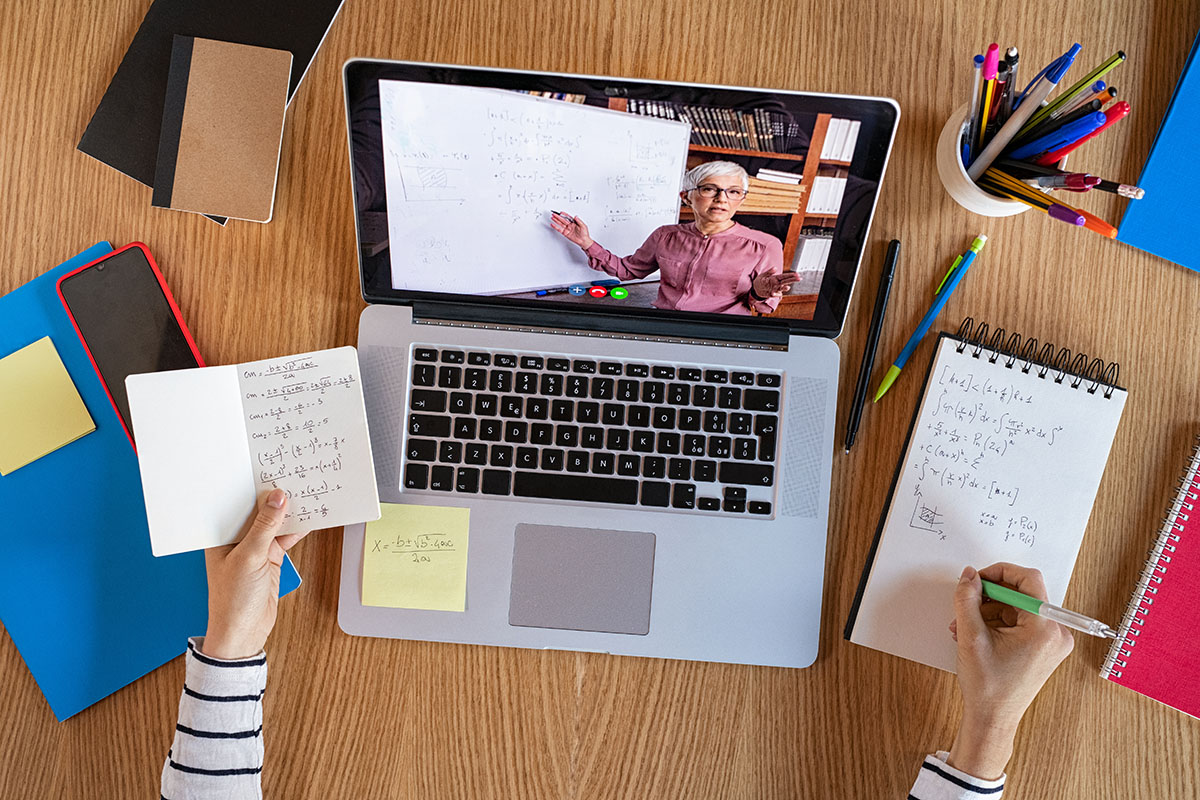It has been approximately one year since the coronavirus pandemic changed the way in which we live, work and socialise. But how well are teachers coping with their remote education environment?
For many, it has been a constant struggle of trying to stay on top of increasing workloads alongside the challenges that come with permanently being online. As a result, this has led to a disconnect between the teacher and the student.
But now more so than ever before, having a strong relationship with your classroom is crucial, as this is the only way remote teaching and learning will work.
The effect of working from home on teachers
According to survey results from TeacherTapp, the most recent January-February half-term was the toughest of the past year, with the UK’s second lockdown and arctic temperatures leading to difficult student behaviour.
Another problem this time around is more expectations to be in school doing hybrid teaching (especially if you are primary) or to be ‘always online’ (especially if you’re secondary).
More teachers are also required to be online for a certain number of hours per day, but few senior leaders are monitoring emails or classroom spaces, and there is less chance of chasing staff via weekly correspondence.
As for student outcomes, 80% of primary teachers said the biggest worry for their class was the loss of social experiences and wellbeing. Teachers in poorer areas were slightly more worried about academic learning loss.
How to make students feel comfortable and welcome
When you consider all the aforementioned concerns, it makes sense for teachers to establish an environment that’s as comfortable and welcoming as possible. Virtual classrooms must also support the various needs of students, including privacy to communicate personal thoughts and feelings.
Here are three top tips:
- Stay calm
As with the physical classroom, some students will struggle in noisy or cluttered surroundings. In many respects, this is more difficult to control virtually because of each individual’s home environment.
The best thing you can do is to make your resources simple and succinct with few distractions. Less is more! The same goes for the routine and framework you create for students to support the emotional aspects of learning.
Don’t forget to pause every so often either, as this will give students ‘take up time’ to process any new information.
- Be literal
It isn’t always possible for teachers to have their camera on, and the same goes for students too. But without any visual clues, you can expect less cognitive support, with many struggling to understand context.
For this reason, teachers should always be literal with their learning and avoid any confusing instructions that are open to interpretation. Even if something is obvious to most students, it might not be to others.
To support cognitive load, consider dual coding strategies or try using visual cues and symbols in another format.
- Be consistent
Make sure your students understand what behaviour is acceptable in the virtual classroom. This means:
- Consequences for breaking online rules must be consistent and apply to all students.
- Adapt school policy and apply it individually when required.
- Have an online code for behaviour available.



